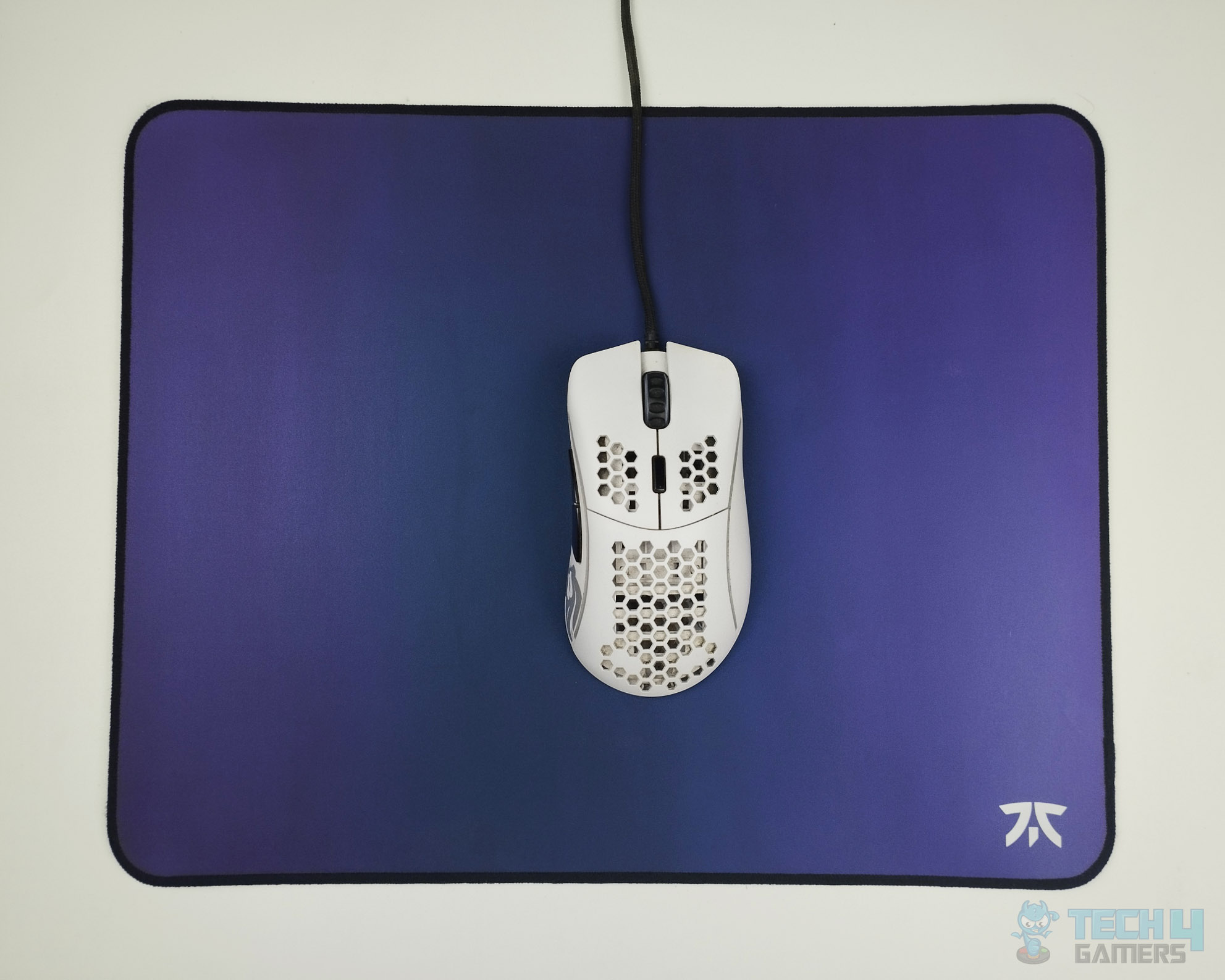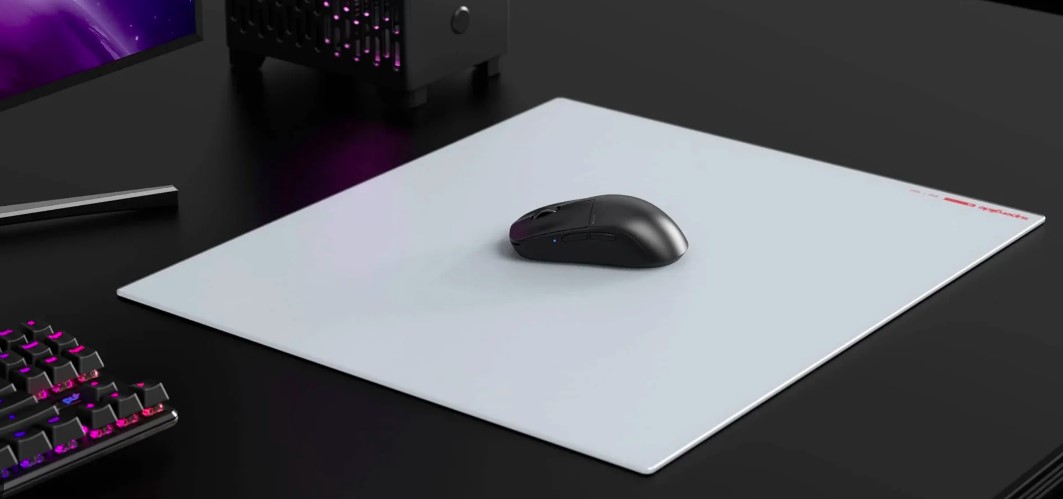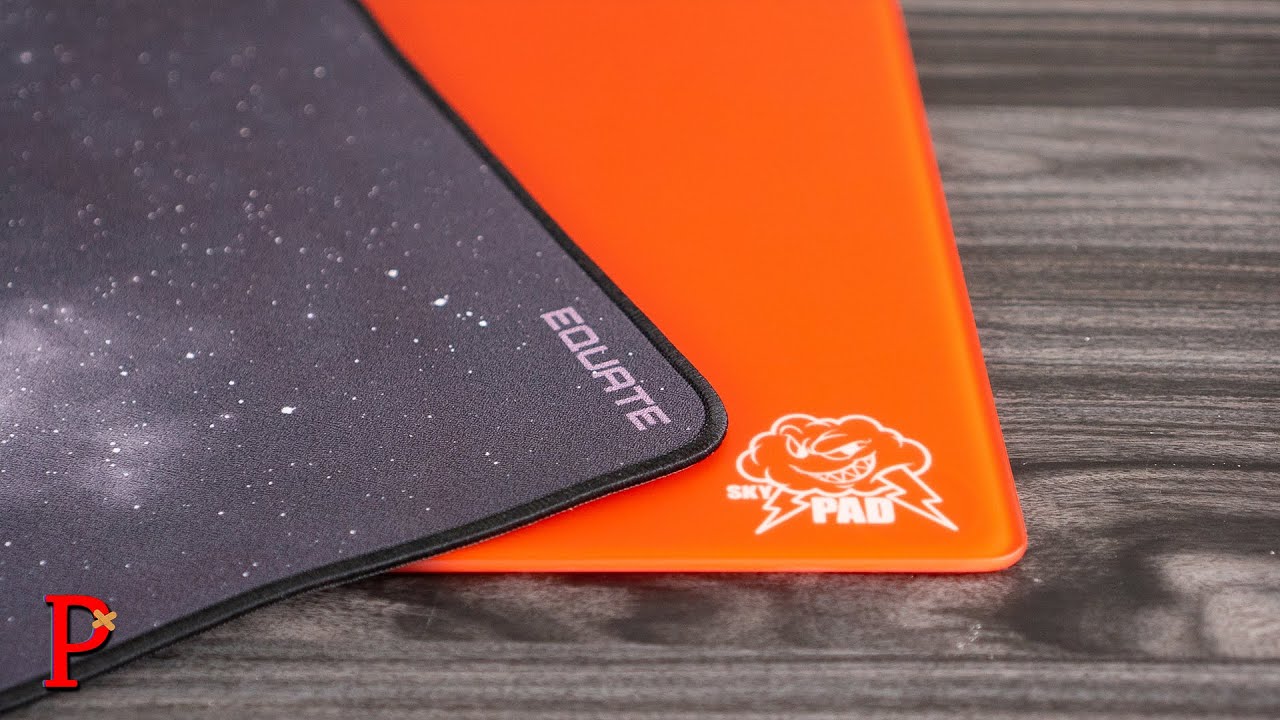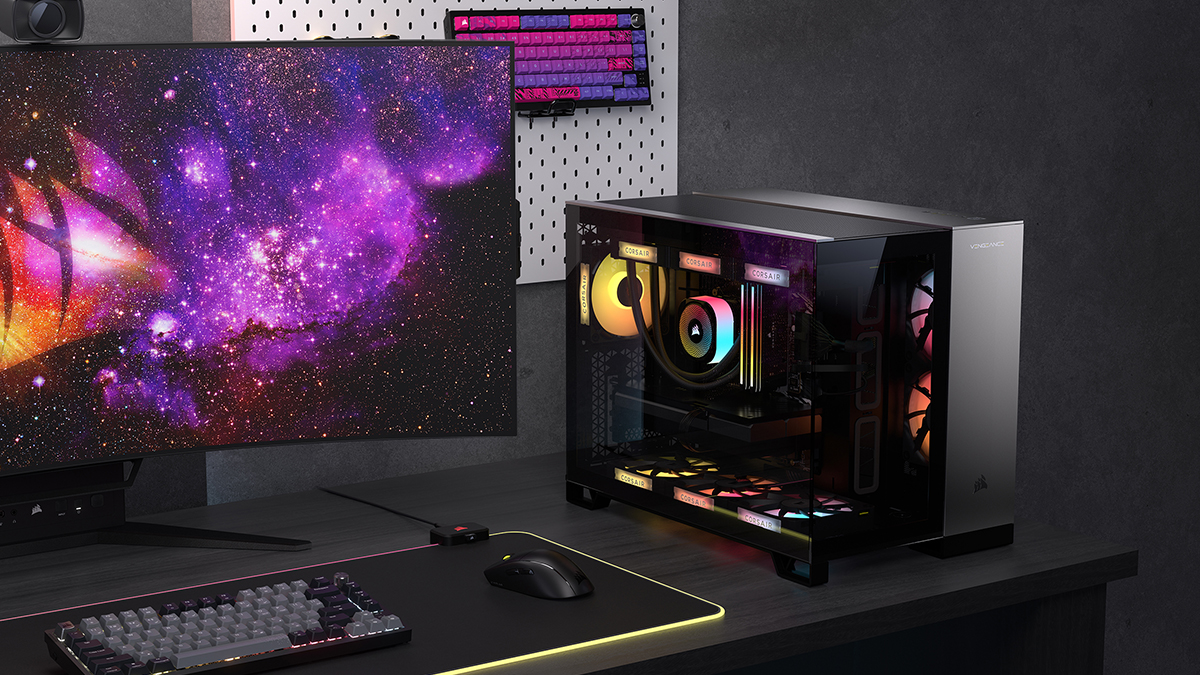- A quality pad provides a reliable surface for the mouse sensor, improving tracking precision over a bare desk.
- Pads are generally categorized by their surface: “Speed” (fast glide), “Control” (more friction), or “Hybrid” (a balance of both).
- The right pad for you depends on the games you play, your mouse sensitivity, and your grip style.
When it comes to peripherals for competitive gaming, mouse pads are often overlooked. I also used to think mouse pads didn’t really matter. Back when I started grinding ranked in Valorant and CS2 Faceit, I was more focused on my mouse, DPI, and in-game sensitivity than the surface it sat on.
My desk looked clean enough, so why bother, right? Then I tried a proper gaming mouse pad, and that’s when I realized how much control and consistency I’d been missing.
In competitive gaming, your mouse control is your aim. Every flick, every pixel-perfect headshot, every clutch moment depends on how smoothly your mouse moves. And that smoothness comes down to one underrated piece of gear: the mouse pad.
Why I Switched to a Custom-Built Gaming Mouse Pad

When I first switched from a bare desk to a custom-built mouse pad, the difference was immediate. My crosshair stopped jittering during micro-adjustments, and I could actually feel the precision in every movement.
A mouse pad gives your sensor a consistent surface to track, something no wooden or glossy desk can match.
It’s also about friction. In tactical shooters like Valorant or CS2, I play on low sensitivity. That means I rely on large, controlled arm movements, and the last thing I want is a sticky or inconsistent glide.
A high-quality pad keeps that friction predictable, not too slippery, and not too resistant, so I can react faster and stay consistent during long sessions.
And stability? That’s non-negotiable. Cheap pads slide around the desk mid-fight, and once that happens, your aim’s gone. I learned that lesson the hard way in an Apex Legends ranked match because my pad shifted under pressure.
What Makes a Mouse Pad “Pro” Level

After trying different brands and materials, I learned there’s no single “best” mouse pad. It depends on how you play.
Speed pads have smooth surfaces that make quick movements easier, perfect for players who like fast flicks and high sensitivity. Control pads have more texture, giving you better precision when tracking targets or holding angles.
Hybrid pads sit in between, offering a mix of both, which is what most players, including me, prefer.
Thickness also makes a difference. Thin pads feel firm and let you sense the desk more, while thicker ones are softer and easier on your wrist. I like medium pads around 3mm thick since they’re comfortable without being too squishy.
Durability matters too. Over time, heavy use can wear down the surface or cause fraying. Pads with stitched edges and strong fabric last much longer. Some pros even switch to fresh pads before tournaments to keep their aim consistent.
Glass mouse pads are also trendy these days, but I have yet to see a professional player use them in official tournaments.
Myth Busting: The Mouse Pad Edition

I used to think modern mouse sensors were so good that you didn’t need a pad. But even top sensors rely on a consistent surface. A bare desk can mess with tracking because of dust, reflections, or uneven spots, which can easily lead to missed shots.
Some people like to purchase mouse pads that their favourite Esports players use. The reality is, you need a mouse pad that goes well with your aiming style as well as the games you play. You can’t get a SteelSeries QcK mouse and instantly get good, just because Donk uses it.
Another myth is that big mouse pads are only for show. If you play with low sensitivity like I do, you know that’s not true. A larger pad gives you more room for full arm movements without running out of space.
Extended mats that hold both your keyboard and mouse also make your setup feel more stable and organized. It really isn’t just about looks or aesthetics; it actually helps.
So, how do you choose the right mouse pad? Choosing the right mouse pad comes down to how you play. Fast-paced FPS players might prefer slick, speed-oriented surfaces, while tactical shooter fans often lean toward control or hybrid pads.
Grip style matters too. Palm grippers might benefit from a thicker, cushioned surface for wrist support, while fingertip or claw users often like thinner, faster pads.
If you’re running low DPI or low in-game sensitivity, you’ll definitely want a larger pad. It gives you space for wide movements without breaking rhythm.
And don’t underestimate comfort. During long scrims or ranked marathons, wrist strain adds up. The right pad makes a big difference.
Final Thoughts
At this point, I can’t imagine gaming without a proper mouse pad. It’s not just a comfort upgrade; it’s a competitive one. A reliable pad affects everything from sensor performance to glide consistency, precision, and muscle memory.
A lot of players obsess over mice but overlook the surface that makes their aim consistent. For me, once I found the right pad, my tracking became smoother, my aim steadier, and my setup just felt more complete.
In competitive gaming, small details separate good players from great ones, and the mouse pad is one of those details you don’t truly appreciate until you experience the difference.
Thank you! Please share your positive feedback. 🔋
How could we improve this post? Please Help us. 😔
Passionate gamer and content creator with vast knowledge of video games, and I enjoy writing content about them. My creativity and ability to think outside the box allow me to approach gaming uniquely. With my dedication to gaming and content creation, I’m constantly exploring new ways to share my passion with others.


 Threads
Threads

